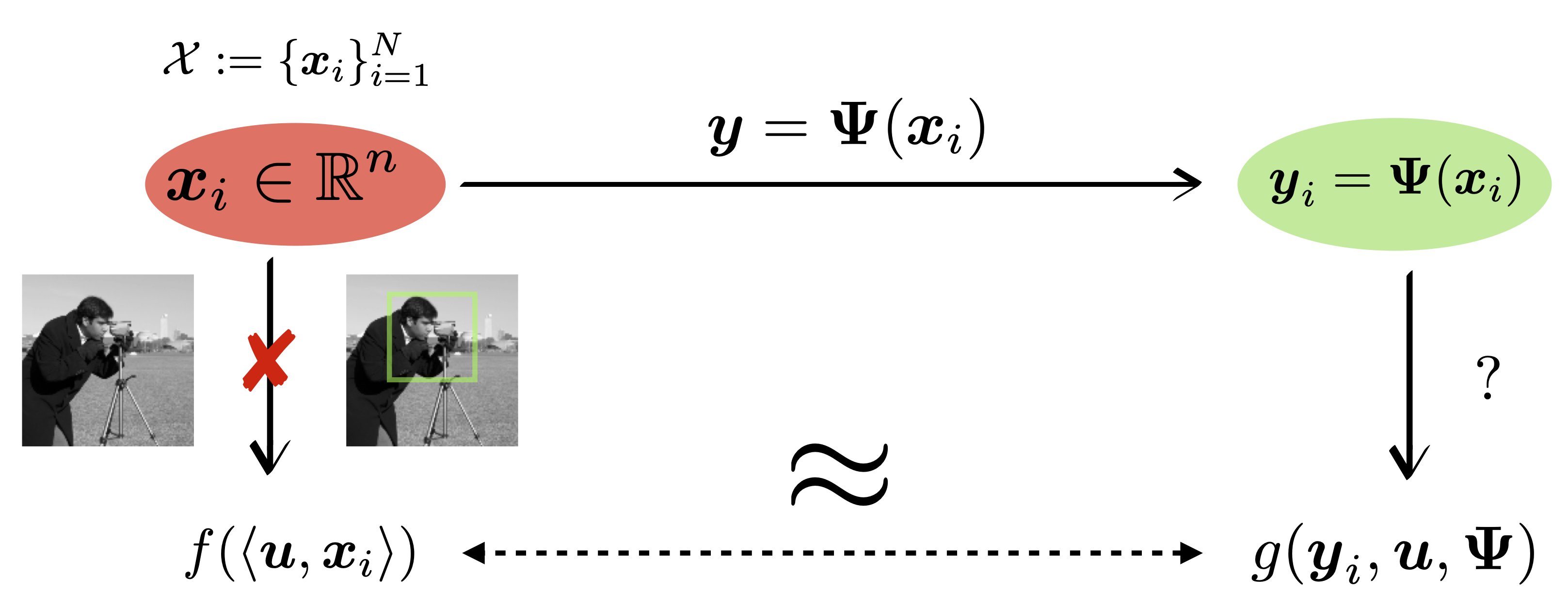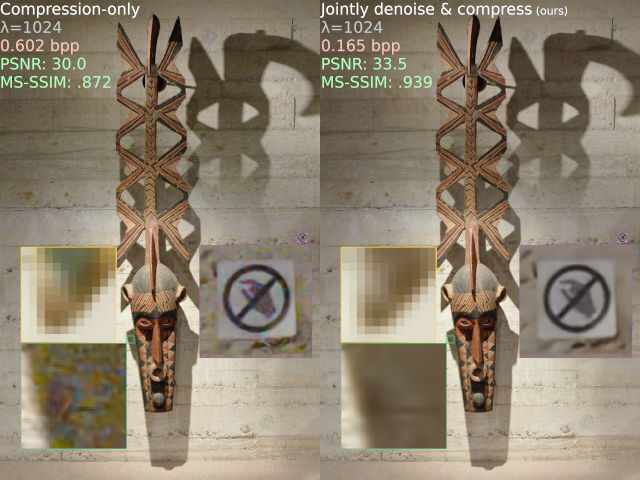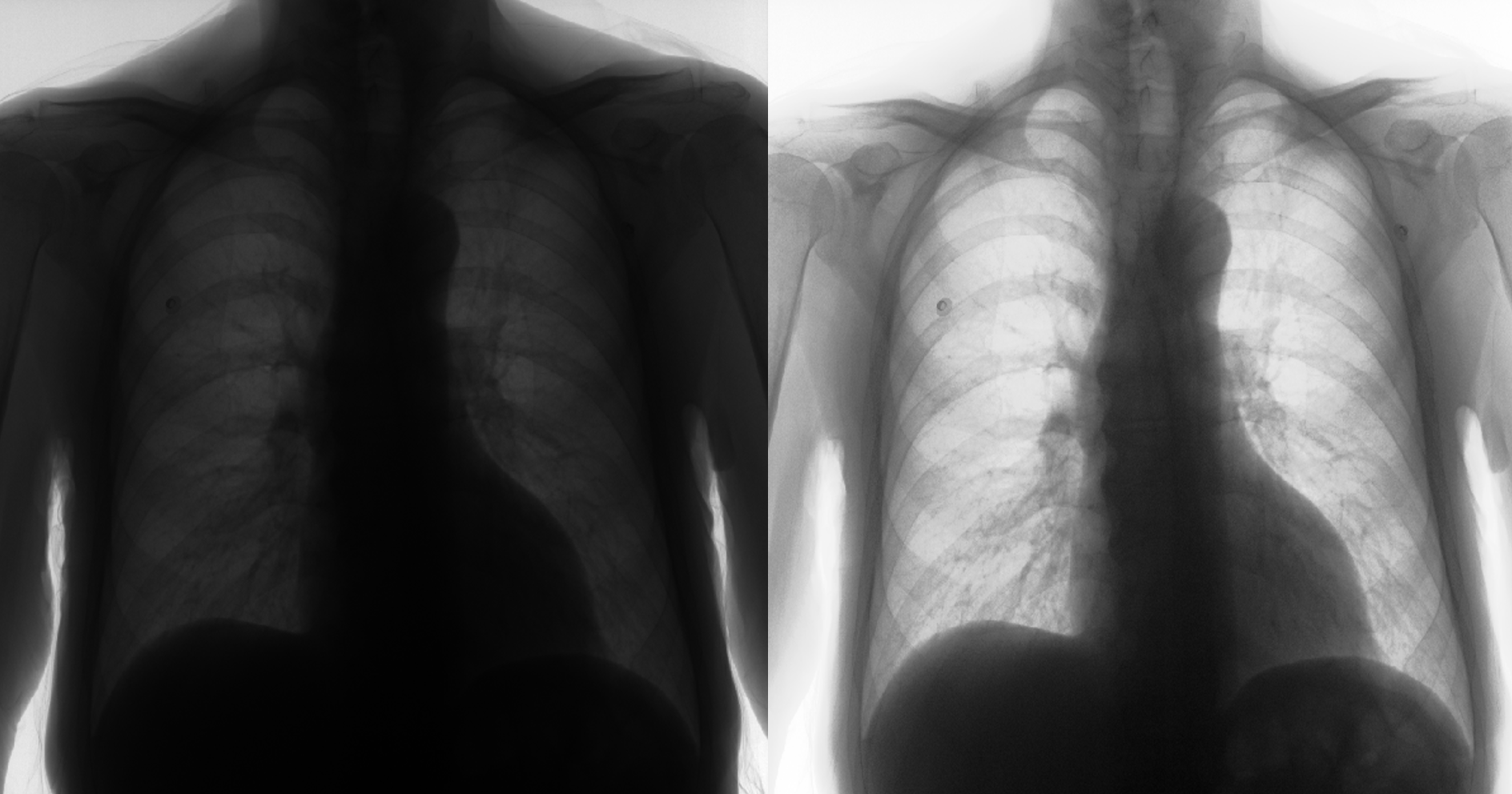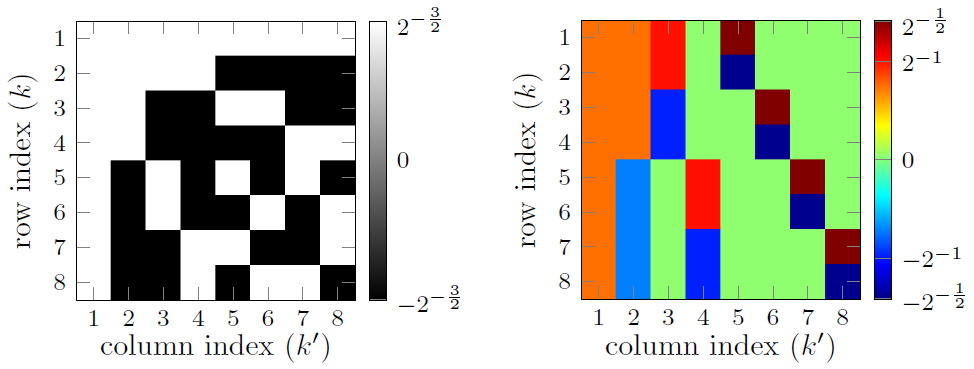Research
If you look for a specific category of research, you can browse the list of available categories
Randomly selected categories:
-
Signal Processing after quadratic sketching
 Sketching is a commonly used technique in signal processing. In this short piece we describe how to estimate functions of a given signal based solely on its sketch and without explicit reconstruction.Nov 20, 2023
Sketching is a commonly used technique in signal processing. In this short piece we describe how to estimate functions of a given signal based solely on its sketch and without explicit reconstruction.Nov 20, 2023 -
Body Part-Based Representation Learning for Occluded Person Re-Identification
 BPBReID, a part-based re-identification method using body part feature representations to compute to similarity between two person images.Jul 3, 2023
BPBReID, a part-based re-identification method using body part feature representations to compute to similarity between two person images.Jul 3, 2023 -
On the Importance of Denoising When Learning to Compress Images
 Image noise is not compressible nor desirable. Image compression models can be trained for joint denoising and compression resulting in a much better rate-distortion when encoding images which contain noise (and no adverse effect on clean images). Joint models outperform running a dedicated denoiser prior to compression without any of the complexity associated with denoising.Jan 31, 2023
Image noise is not compressible nor desirable. Image compression models can be trained for joint denoising and compression resulting in a much better rate-distortion when encoding images which contain noise (and no adverse effect on clean images). Joint models outperform running a dedicated denoiser prior to compression without any of the complexity associated with denoising.Jan 31, 2023
-
Tone Mapping for X-Ray images
 Inspecting X-ray images is an essential aspect for medical diagnosis and for nondestructive control of manufactured objects in the industrial field. However, X-ray images are characterized by a high dynamic range and a low contrast. Due to those characteristics, and the limitation of the human visual system, important aspects such as nodules, bones fractures, gas inclusions or other kind of defects and anomalies are difficult to identify for the human eyes.The challenge is therefore to reduce the image bit depth, while preserving subtle and fine-grained local variation in the image.Mar 4, 2020
Inspecting X-ray images is an essential aspect for medical diagnosis and for nondestructive control of manufactured objects in the industrial field. However, X-ray images are characterized by a high dynamic range and a low contrast. Due to those characteristics, and the limitation of the human visual system, important aspects such as nodules, bones fractures, gas inclusions or other kind of defects and anomalies are difficult to identify for the human eyes.The challenge is therefore to reduce the image bit depth, while preserving subtle and fine-grained local variation in the image.Mar 4, 2020 -
Compressive Fourier Transform Interferometry for Hyperspectral Imaging
 In this project we propose two variants of the Fourier Transform Interferometry (FTI) imager, i.e., coded illumination-FTI (CI-FTI) and structured illumination FTI (SI-FTI), based on the theory of compressive sensing (CS). These schemes efficiently modulate light exposure temporally (in CI-FTI) or spatiotemporally (in SI-FTI). Leveraging a variable density sampling strategy recently introduced in CS, we provide near-optimal illumination strategies, so that the light exposure imposed on a biological specimen is minimized while the spectral resolution is preserved.Mar 3, 2020
In this project we propose two variants of the Fourier Transform Interferometry (FTI) imager, i.e., coded illumination-FTI (CI-FTI) and structured illumination FTI (SI-FTI), based on the theory of compressive sensing (CS). These schemes efficiently modulate light exposure temporally (in CI-FTI) or spatiotemporally (in SI-FTI). Leveraging a variable density sampling strategy recently introduced in CS, we provide near-optimal illumination strategies, so that the light exposure imposed on a biological specimen is minimized while the spectral resolution is preserved.Mar 3, 2020 -
Scene Understanding with Time-of-Flight CamerasWe study embedded indoor scene understanding in order to obtain a privacy-friendly senior monitoring solution. Our solution makes use of Convolutional Neural Networks in order to fuse the spatial and reflective information given by a Time-of-Flight sensor.Mar 2, 2020
-
Deep Learning for Anomaly Detection in Industrial Vision
 In order to detect anomaly in an unsupervised scheme, an autoencoder is trained to reconstruct clean images out of defect-free images corrupted with synthetic noise. During inference an arbitrary (with or without anomaly) image is projected onto the normal space of images. The intensity of the residual map between the original image and its reconstruction estimates the likelihood of a region to be defective.Mar 2, 2020
In order to detect anomaly in an unsupervised scheme, an autoencoder is trained to reconstruct clean images out of defect-free images corrupted with synthetic noise. During inference an arbitrary (with or without anomaly) image is projected onto the normal space of images. The intensity of the residual map between the original image and its reconstruction estimates the likelihood of a region to be defective.Mar 2, 2020 -
Compressive Hadamard Sensing with Haar Sparsity Basis
 In this project, we compute an explicit sample-complexity bound for Hadamard-Haar systems as well as uniform and nonuniform recovery guarantees.Mar 2, 2020
In this project, we compute an explicit sample-complexity bound for Hadamard-Haar systems as well as uniform and nonuniform recovery guarantees.Mar 2, 2020 -
An experimental study of the neuron-level mechanisms emerging during backpropagation-based training
 However deep and complex they may be, deep neural networks result from the repetition of a very simple building block: the neuron. Our work makes the bet that this key structural characteristic should be used to understand deep learning, and studies the following research question: could it be that during global, end-to-end SGD training of deep nets, neuron-level mechanisms emerge even though they have not been explicitly programmed?Mar 2, 2020
However deep and complex they may be, deep neural networks result from the repetition of a very simple building block: the neuron. Our work makes the bet that this key structural characteristic should be used to understand deep learning, and studies the following research question: could it be that during global, end-to-end SGD training of deep nets, neuron-level mechanisms emerge even though they have not been explicitly programmed?Mar 2, 2020

